 In the world of AI-powered face swapping, there are two main contenders: DeepFaceLab and Faceswap. DeepFaceLab and Faceswap are two AI-powered face-swapping tools that have become increasingly popular in recent years. Both tools have their pros and cons, but which is the better option? In this article, I compare DeepFaceLab vs Faceswap to help you decide which tool is right for you.
In the world of AI-powered face swapping, there are two main contenders: DeepFaceLab and Faceswap. DeepFaceLab and Faceswap are two AI-powered face-swapping tools that have become increasingly popular in recent years. Both tools have their pros and cons, but which is the better option? In this article, I compare DeepFaceLab vs Faceswap to help you decide which tool is right for you.
Deepfacelab vs Faceswap
What is Deepfacelab?
DeepFaceLab is software for creating deepfakes. It is free to use on Windows and hosted on Github, and there are quite a few tutorials available online. It works by taking images of faces from two different sources and then blending them together to create a new, composite face. The software is designed to be easy to use, and it produces high-quality results.
Deepfacelab can be used for a variety of purposes, such as creating 3D avatars for video games, or for creating 3D models for use in movies or other CGI applications. It can also be used for more practical purposes such as security and biometrics. It is still in its early stages of development but it shows great promise. It is already being used by some of the biggest names in the entertainment and gaming industries.
 What is Faceswap?
What is Faceswap?
Faceswap is a free and Open Source software that can be used to make Deepfakes. It can be used for fun, as well as for more practical purposes such as creating ID photos. It is basically a digital version of the old “cut and paste” technique. The process involves using special software to identify the features of a face in an image, and then replacing them with the corresponding features from another image. The results can be quite realistic, although there are some limitations. For example, it can be difficult to get Faceswap to work with images that are not clear or have low resolution.
Faceswap is powered by Tensorflow, Keras, and Python and will run on Windows, macOS, and Linux. There is an active community supporting and developing the software.
How Do Deepfacelab and Faceswap Compare?
- Deepfacelab is more user-friendly than Faceswap and is better at preserving facial expressions. However, it doesn’t work with as many different types of input images and can be slower than Faceswap.
- Faceswap is faster and can handle a wider range of input images. It’s also better at generating high-quality results with complex images, such as those with multiple faces.
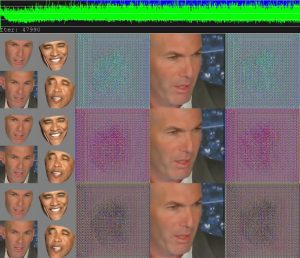 Which is Better for Deepfake Faces Creation (Deepfacelab vs Face swap)?
Which is Better for Deepfake Faces Creation (Deepfacelab vs Face swap)?
There are many ways to create deepfake faces, but which one is the best? There are two main methods: using a 3D model or using a 2D image.
3D models are more realistic and can be used to create faces that look very similar to real people. However, they require more processing power and can be more expensive to create. 2D images are less realistic but can be created much faster and cheaper. However, they can often look blurry and have difficulty replicating facial expressions.
So, which is better for deepfake face creation? It depends on your needs and budget. If you need high-quality, realistic faces, then 3D models are the way to go. If you need something quick and cheap, then 2D images might be better. There is no simple answer to which software is better for creating deepfakes, as the process can vary widely depending on the user’s preferences and skill level. Some software is easier to learn than others, while others may produce more realistic results. Some software may be more hardware intensive, while others may not require any extra equipment.
People often asked these questions when searching for deepfacelab vs faceswap
What are the advantages of deepfakes?
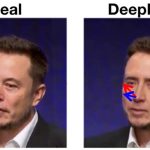
As the technology to create realistic deepfake videos continues to develop, there are increasing concerns about the potential misuse of these videos. However, there are also a number of potential advantages to deepfakes, including their ability to provide more realistic simulations for training purposes and their potential to be used for entertainment purposes. Deepfakes can provide more realistic simulations for training purposes because they can be created with various faces and voices. This means that deepfakes have the potential to be used for training people in a variety of different situations. For example, deepfakes could be used to train police officers on how to respond to a variety of different crimes. Deepfakes also has the potential to be used for entertainment purposes. For example, a deepfake video could be created of a celebrity saying something outrageous or doing something embarrassing.
What are the negatives of deepfakes?

As the technological capabilities for creating deepfakes improve, so too does the potential for them to be used maliciously. While there are many potential uses for deepfakes that could be positive or neutral, there are also a number of ways that they could be used to cause harm. One major concern is that deepfakes could be used to create false news stories. This could be done either by creating a fake video of a politician or public figure saying or doing something they didn't actually say or do, or by doctoring an existing video to change its meaning. Either way, it would be relatively easy to create a believable fake video that could spread quickly and cause confusion or panic. Another concern is that deepfakes could be used for blackmail or extortion. Deepfakes can be used to create fake images or videos featuring people who have not consented to appear in them. This is a form of harassment and can be deeply distressing for the victims. Deepfakes also have the potential to be used for identity theft and fraud.
Why deepfake detection is important?
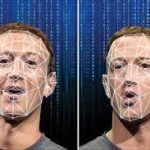
As the use of deepfakes becomes more widespread, it is important to be able to detect them. Deepfakes are computer-generated images or videos that can be used to misrepresent someone. They can be used for malicious purposes, such as spreading false information or defaming someone. Deepfake detection is important because it can help to identify when information is not accurate. This is especially important in the age of social media, where deepfakes can be easily spread. If people are able to detect deepfakes, they can avoid being misled by false information. Deepfake detection is also important because it can help to protect people's reputations. If a deepfake video of someone is circulated, it can damage their reputation. Deepfake detection can help to reduce the impact of these videos by identifying them as fake.
What is deepfake cybersecurity?
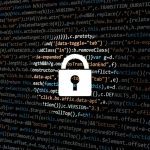
Deepfake cybersecurity is a term used to describe the security concerns associated with deepfakes. It is a relatively new field, and there is still much research to be done in order to fully understand the risks posed by deepfakes. However, some experts believe that deepfakes could be used to launch cyber attacks, spread misinformation, and commit fraud. In addition, deepfakes could also be used to target individuals with personalized attacks so a field like this is now needed to take prevention.
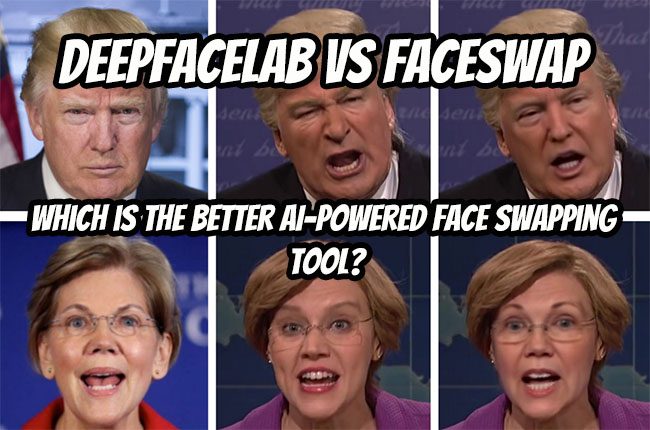

 ClickFunnels vs Infusionsoft – Which Sales Funnel Builder is Right for You?
ClickFunnels vs Infusionsoft – Which Sales Funnel Builder is Right for You?  Copydyno Review – Is It The Best Email Marketing Automation Tool For the Money?
Copydyno Review – Is It The Best Email Marketing Automation Tool For the Money?  CTRify Review: Is This PBN & UX Signal Generator Worth Your Money and Time?
CTRify Review: Is This PBN & UX Signal Generator Worth Your Money and Time?  XFunnels Review: Is It the Best Funnel Builder?
XFunnels Review: Is It the Best Funnel Builder?  Chad Bartlett’s Affiliate Marketing Boss Review: Is It Worth Your Money and Time?
Chad Bartlett’s Affiliate Marketing Boss Review: Is It Worth Your Money and Time?  Vidscripto Review: Is It the Best AI-Powered Video Transcription Tool for You?
Vidscripto Review: Is It the Best AI-Powered Video Transcription Tool for You?